
Licorice: A Timeless Wonder Rooted in History
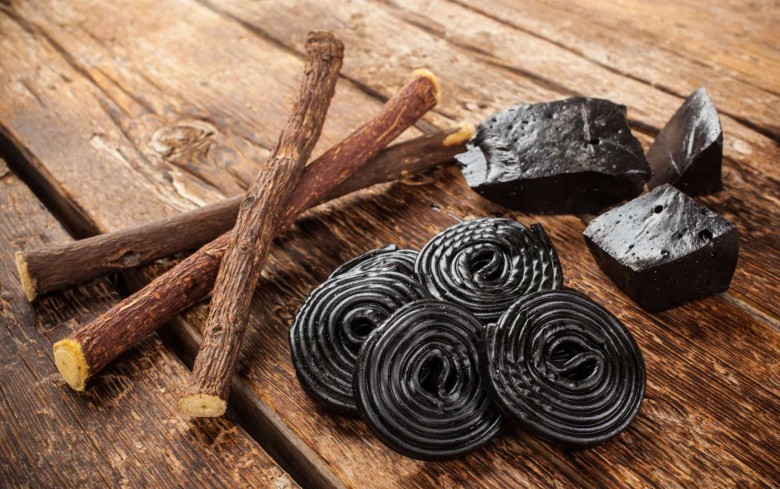
Licorice, derived from the roots of the Glycyrrhiza glabra plant, has made a profound impact on human civilization, spanning across epochs and continents. Its rich history intertwines culinary delight, medicinal marvels, and enduring cultural significance.
Culinary and Medicinal Marvel Since the 1600s
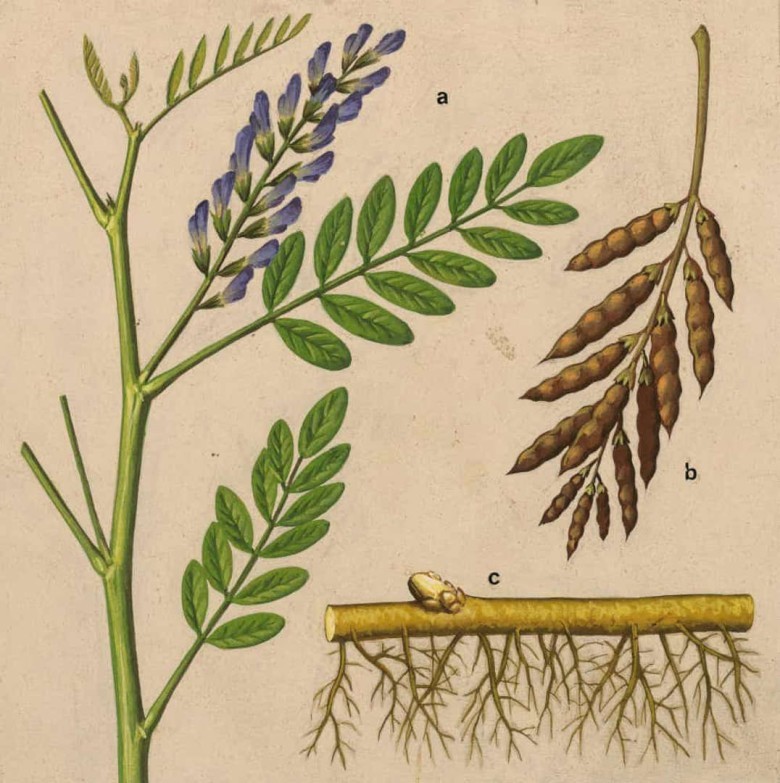
Since the 1600s, licorice has delighted palates as a sweet confection, captivating taste buds with its unique flavor. However, its significance goes beyond mere indulgence, as it has long been revered for its medicinal properties, establishing itself as a celebrated herbal remedy across global cultures.
Anchored in Ancient Civilizations

Licorice's journey through time finds its roots firmly planted in the annals of ancient civilizations, including the Egyptians, Chinese, Greeks, Romans, and Hindus. Its multifaceted applications in traditional medicine and culinary practices have rendered it a cherished commodity throughout history.
Elevated Status in Ancient China
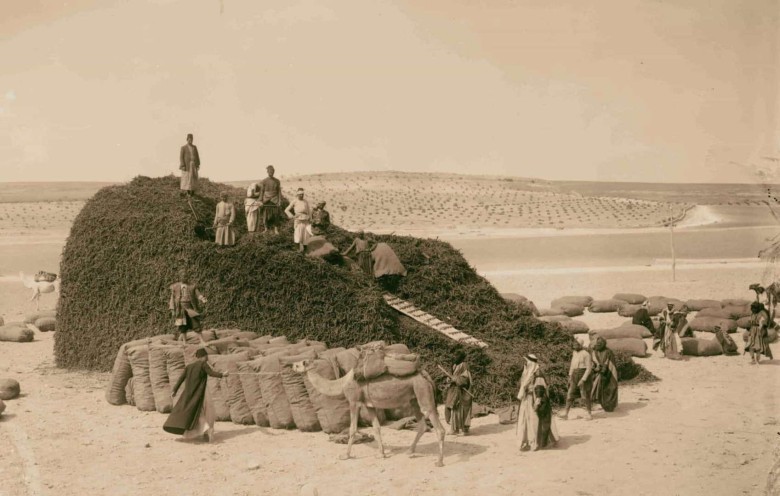
In the ancient Chinese materia medica book, Sheng-nung Pen-ts'ao Ching, licorice was hailed for its rejuvenating and revitalizing attributes. Its cultivation has thrived across a broad expanse, spanning from North Africa through the Middle East and into China, where the Glycyrrhiza glabra plant has found a fertile home.
Enigmatic Connections with Historical Figures

The enigmatic allure of licorice extends to its intriguing associations with renowned historical figures. The discovery of licorice root in King Tutankhamun's tomb remains shrouded in mystery, fueling speculation about its role in ancient Egyptian customs. Moreover, figures like Alexander the Great, Julius Caesar, and Napoleon Bonaparte embraced licorice for its reputed health benefits, further cementing its esteemed status in history.
Medieval Renaissance in Medicine

In the medieval era, licorice experienced a renaissance in the realm of medicine, captivating European apothecaries and healers. Bottled licorice juice emerged as a popular panacea, praised for its efficacy in addressing various ailments, infections, and disorders. Its reputation as a potent stomach soother and respiratory cleanser solidified its position as a revered elixir.
Adaptability and Enduring Popularity

Licorice's adaptability has been a hallmark of its enduring popularity. From a cherished medicinal potion to a refreshing recreational beverage, its versatile nature has transcended societal boundaries and garnered widespread acclaim across diverse communities and cultures.
Modern Resurgence in Health and Wellness
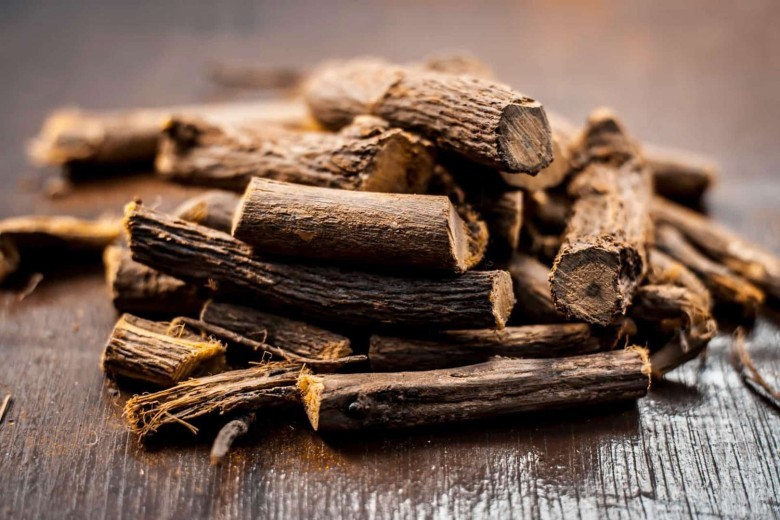
In contemporary times, licorice's allure persists as its health benefits continue to captivate the attention of wellness enthusiasts and researchers. With its anti-inflammatory, antiviral, and antimicrobial properties, licorice has found renewed relevance in modern medicine and herbal supplements. Its culinary applications and medicinal potential ensure that licorice remains a subject of enduring interest and exploration for generations to come.
Licorice Delights Through the Ages

Throughout history, licorice has been much more than a flavorful treat. Its journey from an ancient root to a modern remedy has been marked by its versatility and diverse applications. Let's explore how licorice has evolved through the ages, from sweetening breads and cakes to becoming a staple ingredient in various products.
Sweetening Breads and Cakes
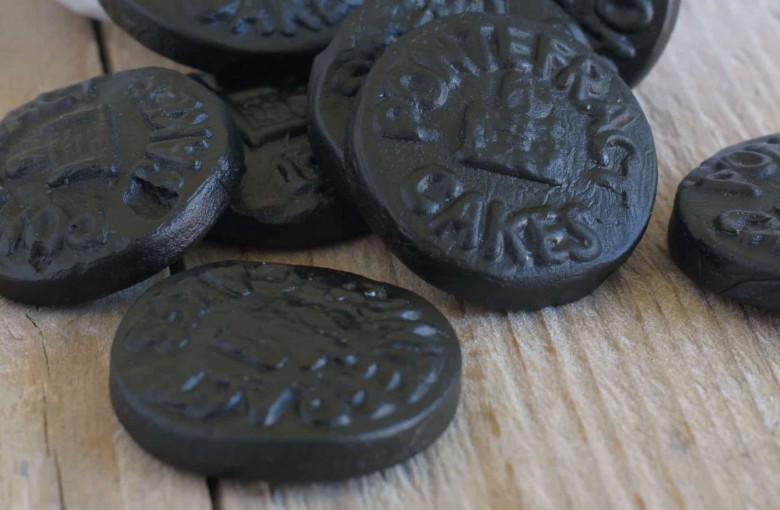
Licorice made its first appearance in the world of culinary delight as a sweetening agent for bread and cakes. Its distinct, slightly sweet flavor made it an ideal addition to baked goods. This early usage set the stage for licorice to transition from being a condiment to a delectable candy treat.
Zan Licorice Sticks: A French Delight

In 19th century France, Zan, a beloved licorice candy brand, emerged as a favorite among connoisseurs. Zan's licorice sticks, usually jet-black in color, were often enhanced with anise and sometimes even a hint of menthol, elevating the licorice experience. This sweet indulgence gained popularity and was celebrated for its unique and tantalizing flavor.
Figaro Licorice Sticks in the United States
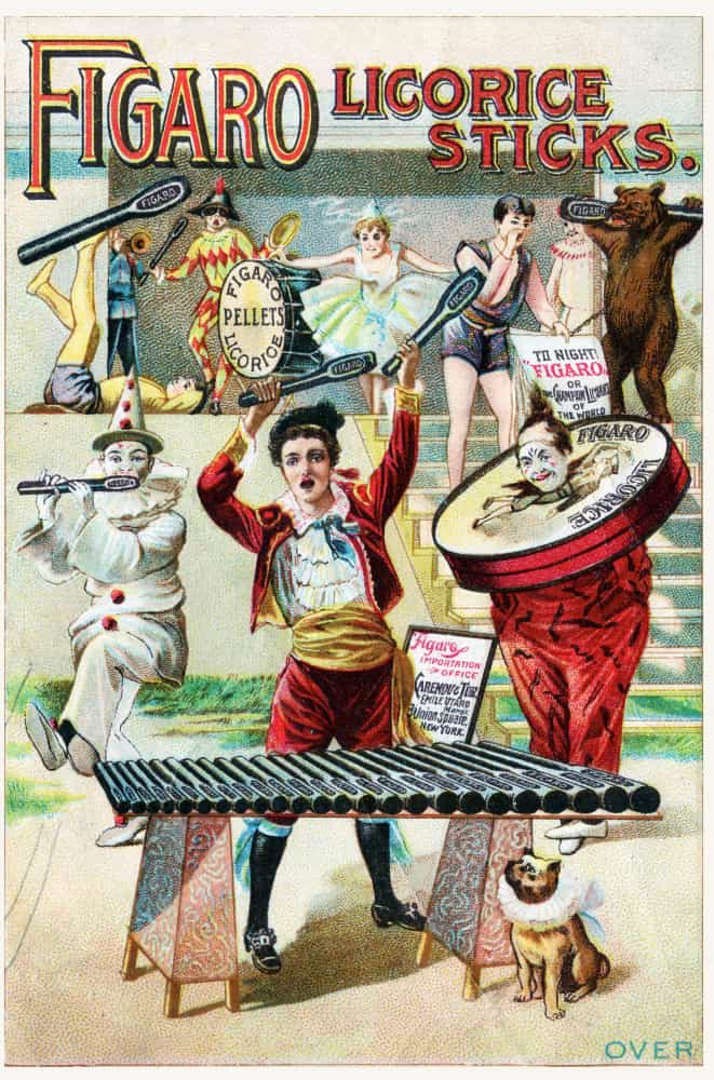
As the 19th century came to a close, licorice sticks made their way across the Atlantic to the United States. Figaro, a renowned Spanish brand, made its mark on American culture. The distinct, chewy texture and enduring licorice taste continued to captivate candy enthusiasts, making licorice sticks a cherished treat on both sides of the ocean.
The Emergence of Ga-Jol and Medicinal Uses
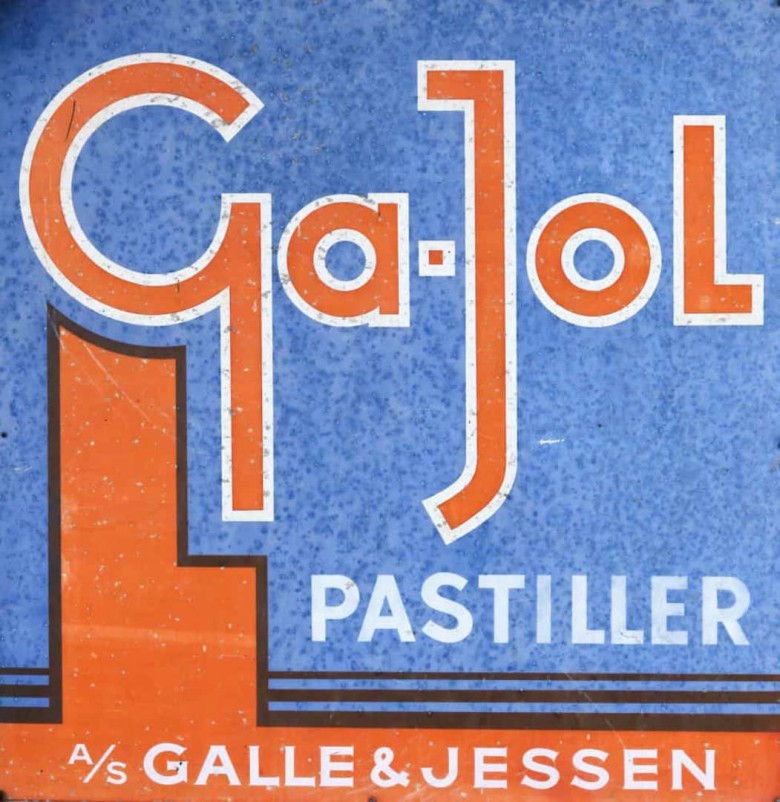
In the early 20th century, licorice's utility expanded beyond a simple sweet treat. Ga-Jol, a licorice-based product launched in 1933, gained popularity as a convenient remedy for soothing hoarse throats and coughs. This marked a shift in licorice's role, from a purely indulgent candy to a functional and comforting solution for health-related issues.
Health Benefits of Licorice
While licorice has been adored for its flavor and versatility, its true significance goes beyond its taste. Licorice root, the source of licorice's distinctive flavor, is enriched with a range of health benefits.
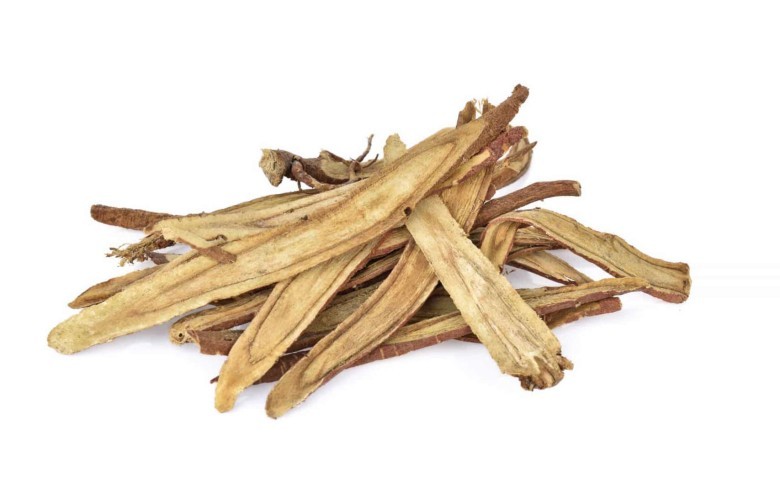
The primary active compound found in licorice root is glycyrrhizin, which is responsible for its sweet taste. Glycyrrhizin not only contributes to licorice's flavor but also offers medicinal properties. It acts as an antioxidant, anti-inflammatory agent, and exhibits antimicrobial properties.
Licorice Root Extract: A Versatile Remedy
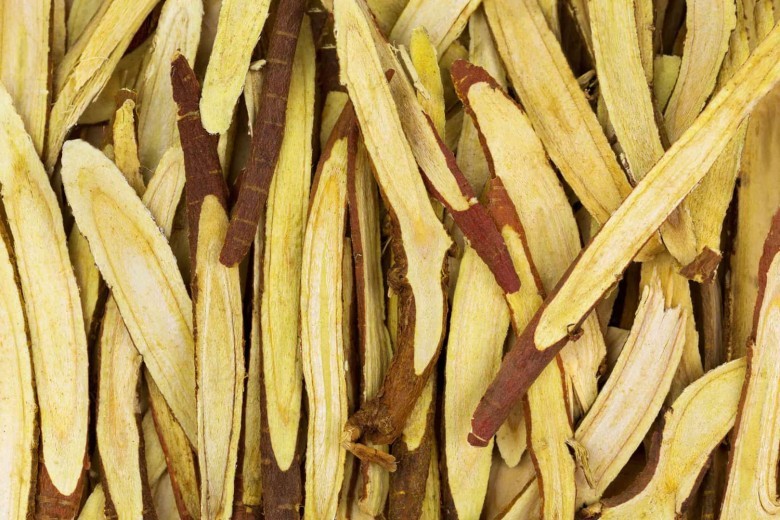
Licorice root extract is a versatile remedy with applications ranging from alleviating coughs to combating certain bacterial and viral infections. Its anti-inflammatory and antimicrobial properties make it a valuable tool in fighting various ailments. Licorice root extract is also recognized for its potential to address skin concerns, such as acne and eczema, highlighting its versatility in both internal and external health applications.
Relief for Gastroesophageal Reflux Disease (GERD)
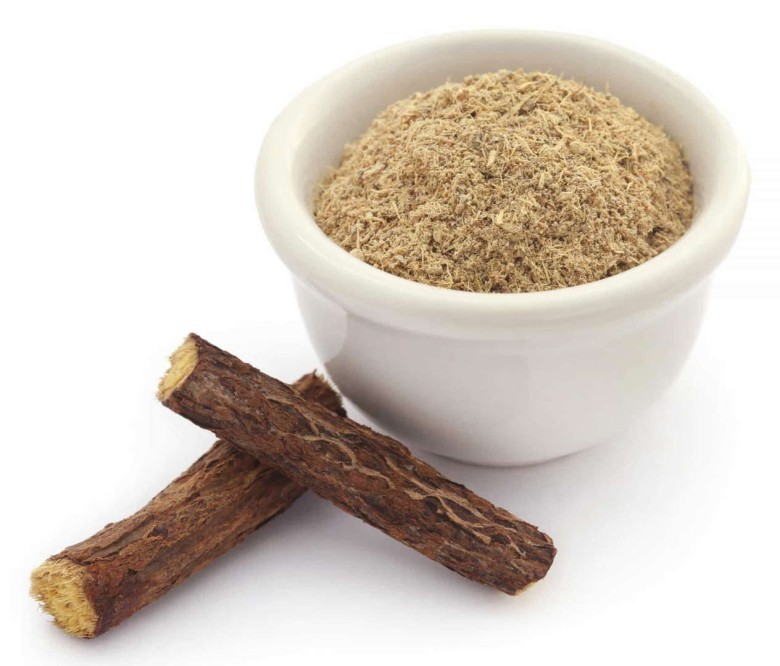
For individuals with gastroesophageal reflux disease (GERD), including acid reflux and heartburn, licorice root extract offers a potential solution. This natural remedy has shown promise in mitigating the discomfort associated with GERD, providing an alternative to conventional treatments.
Exploring the Complexities of Licorice Consumption
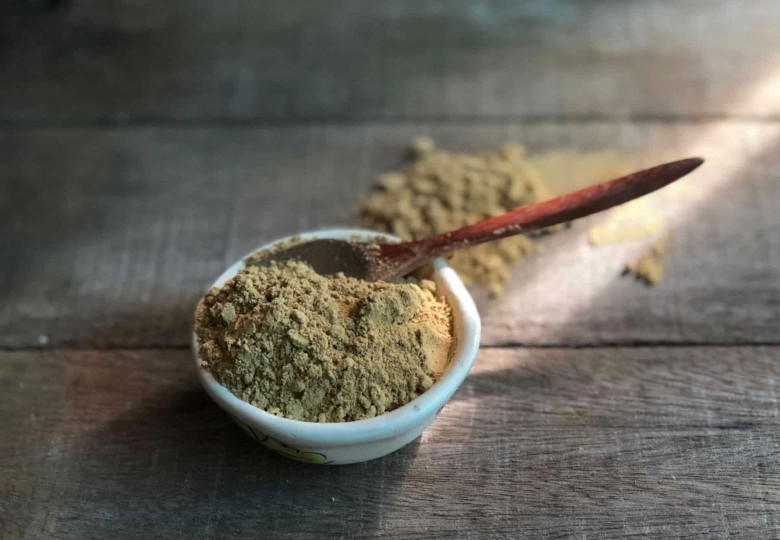
While licorice root and its derivatives offer numerous health benefits, it is essential to be aware of potential risks associated with their consumption. Glycyrrhizin, a prominent component found in licorice, has been linked to several adverse effects that can impact overall health.
The Risks of Glycyrrhizin
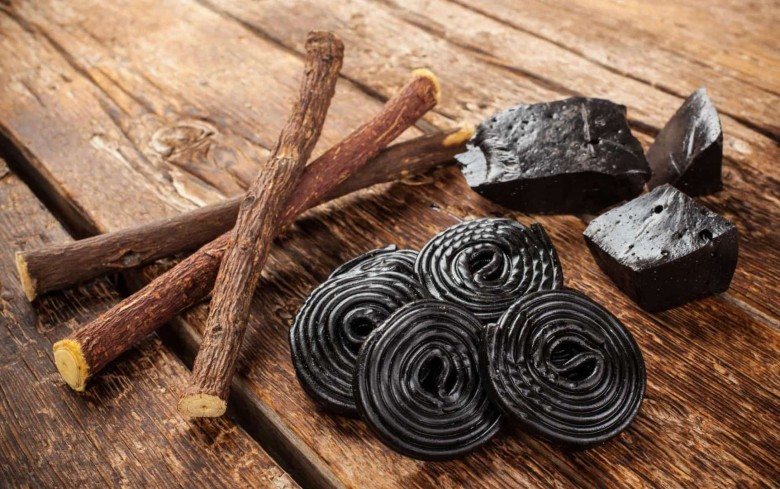
While glycyrrhizin contributes to the sweetness and medicinal properties of licorice, excessive intake can lead to detrimental health consequences. Potential risks include high blood pressure, decreased potassium levels, muscle weakness, and irregular heart rhythms. Severe fluid and electrolyte imbalances can also occur, emphasizing the importance of moderation when incorporating licorice products into one's diet.
Deglycyrrhizinated Licorice (DGL) as a Safer Alternative

To mitigate the adverse effects of glycyrrhizin, some licorice products contain deglycyrrhizinated licorice (DGL), which undergoes a process to remove the problematic compound. These DGL products offer a safer alternative for individuals seeking to enjoy the benefits of licorice without the potential risks associated with excessive glycyrrhizin consumption. Licorice root supplements often contain DGL and are widely available in the market for those looking to incorporate licorice's medicinal properties into their daily routine.
Following the World Health Organization's Guidance
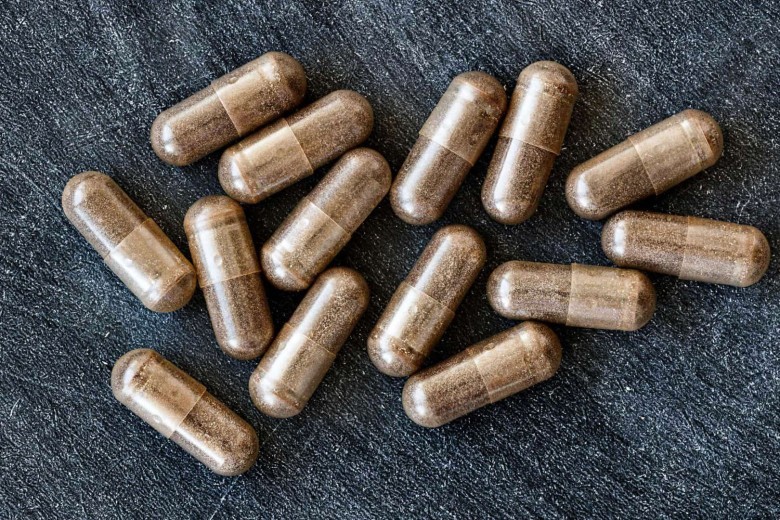
Adhering to the World Health Organization's recommendations is crucial for maintaining a balanced approach to licorice consumption. The WHO advises a daily limit of 100 milligrams of glycyrrhizin, noting that this dosage is unlikely to cause adverse effects in most adults. By following these guidelines, individuals can enjoy licorice root tea, a popular home remedy for soothing an upset stomach, without exceeding the recommended intake of glycyrrhizin.
Enjoying Licorice in Moderation

Indulging in licorice confections, including the beloved black licorice, should be done in moderation. Alongside glycyrrhizin, licorice contains licoricidin and liquiritin, which contribute to its unique and refreshing flavor profile. However, it is important to remember that glycyrrhizin is approximately 50 times sweeter than sugar, making it a calorie-dense treat, particularly for those mindful of their dietary intake.
Exploring the Delights of Licorice Confections
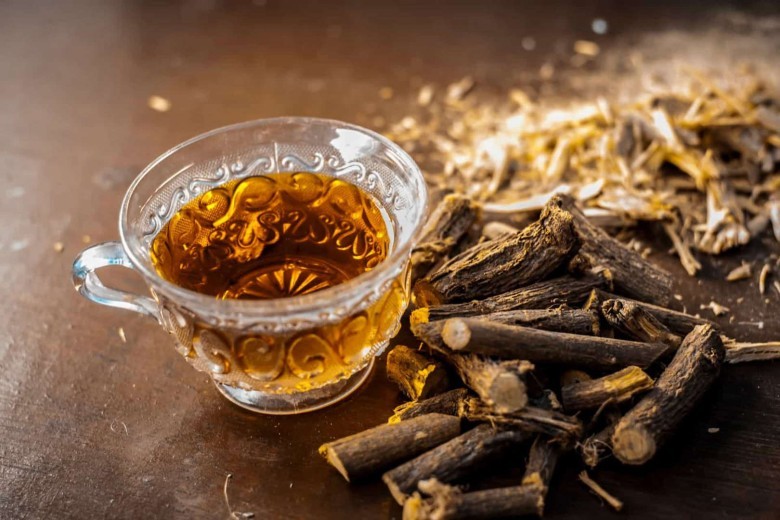
Licorice candy comes in various shapes and forms, catering to diverse palates and preferences. From wheels and laces to twists, cakes, and classic sticks, licorice confections offer a range of choices. One of the most recognized licorice treats is liquorice allsorts, initially crafted in Sheffield, England, in 1899 by Geo. Bassett & Co Ltd. These assorted licorice treats have become a beloved delight, capturing the hearts of licorice enthusiasts with their delightful mix of flavors and textures.
Bertie Bassett: The Iconic Mascot
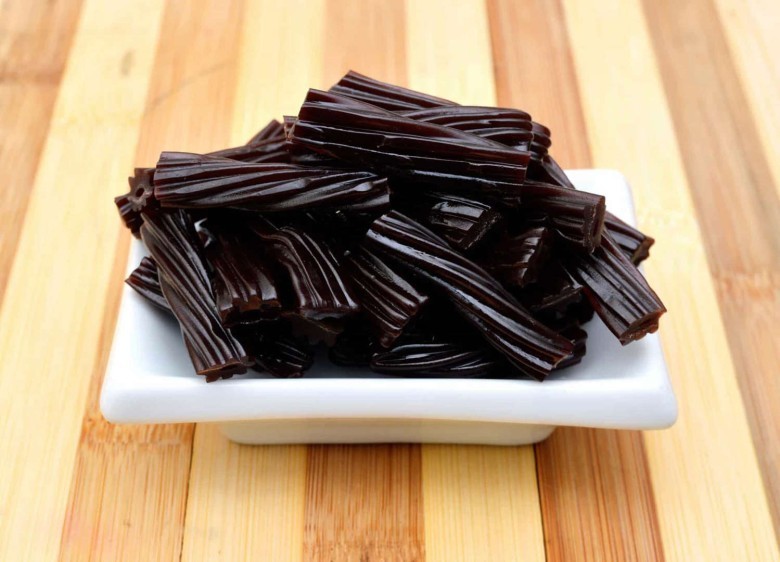
Bertie Bassett, the beloved mascot of Bassett's, holds a special place in the hearts of licorice enthusiasts worldwide. This iconic figure, created from a delightful assortment of licorice allsorts, has seamlessly woven itself into the fabric of British popular culture. Bertie Bassett's charming and whimsical presence is a testament to the enduring appeal of licorice and its ability to captivate generations.
Dutch Drop: Licorice's Global Presence
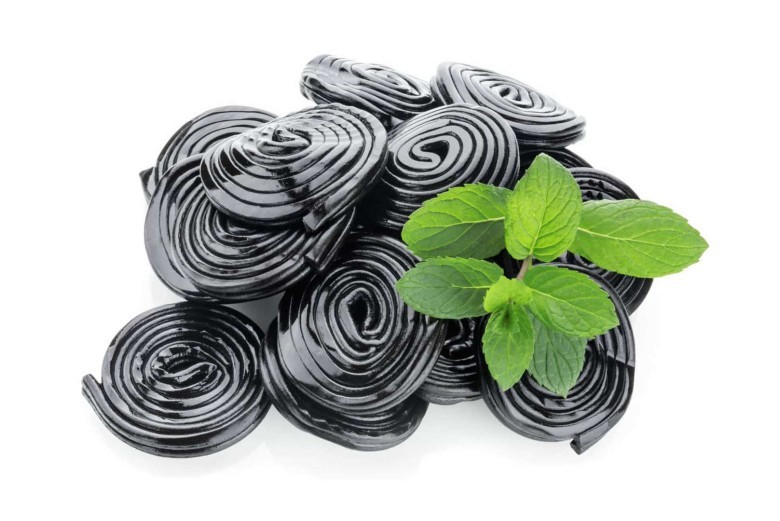
Licorice's popularity extends far beyond the British shores, particularly in the Netherlands. Known as "drop" in Dutch, licorice enjoys immense popularity, with over 20% of all candy sales consisting of this delectable treat. Dutch drop comes in various shapes, sizes, and flavors, catering to the diverse preferences of licorice enthusiasts.
The Salty Licorice Experience

Licorice's appeal takes on unique forms globally, with regional variations adding a twist to this classic confection. In Germany, the Netherlands, and the Nordic countries, licorice often has a salty flavor due to the addition of ammonium chloride. This type of licorice candy, known as "salmiak" or "salmiakki," offers a savory contrast to traditional sweet licorice varieties.
Exploring the Anise Anomaly

While licorice is renowned for its robust and sweet flavor, it is essential to be vigilant when browsing the licorice candy aisle. Some licorice candies are flavored with anise oil, an essential oil derived from the anise plant, instead of licorice root. Anise oil shares a similar taste profile with licorice but originates from a different botanical source. To experience authentic licorice, it is imperative to scrutinize the label and ensure that licorice root is the primary flavoring agent.
Licorice in Comparative Medicine
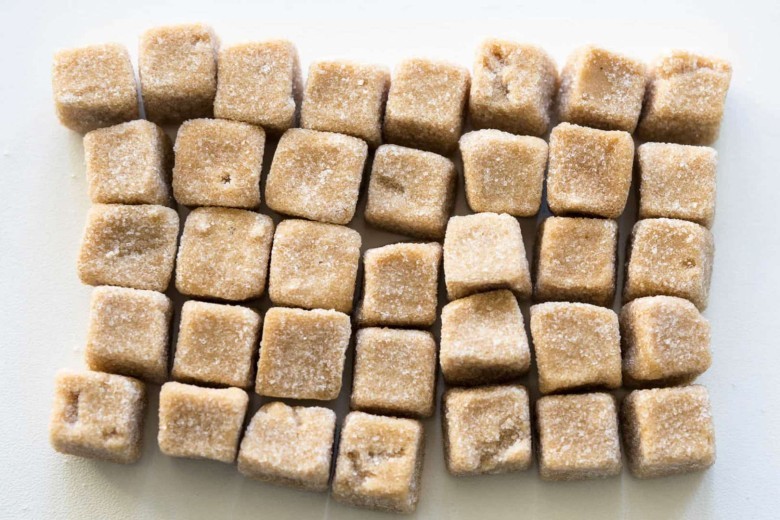
The field of comparative medicine, which explores the intersection of human and veterinary medicine, has turned its attention to licorice. Researchers are investigating the potential applications of licorice in addressing various health concerns. As the medicinal properties of licorice become clearer, there is potential to explore how this natural resource can benefit both humans and animals.
Health Implications of Licorice
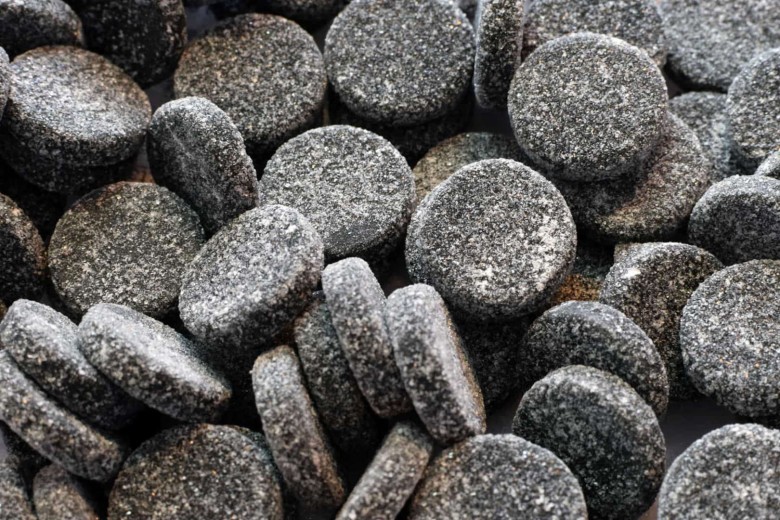
The health benefits of licorice are an ongoing subject of scientific exploration. Licorice root, enriched with glycyrrhizin, is a source of antioxidants, anti-inflammatory compounds, and antimicrobial agents. Traditional medicine has utilized licorice to address ailments such as coughs, bacterial infections, and viral infections. Additionally, licorice root extract is recognized for its potential to alleviate various skin concerns, including acne and eczema.
Addressing Gastroesophageal Reflux Disease (GERD)
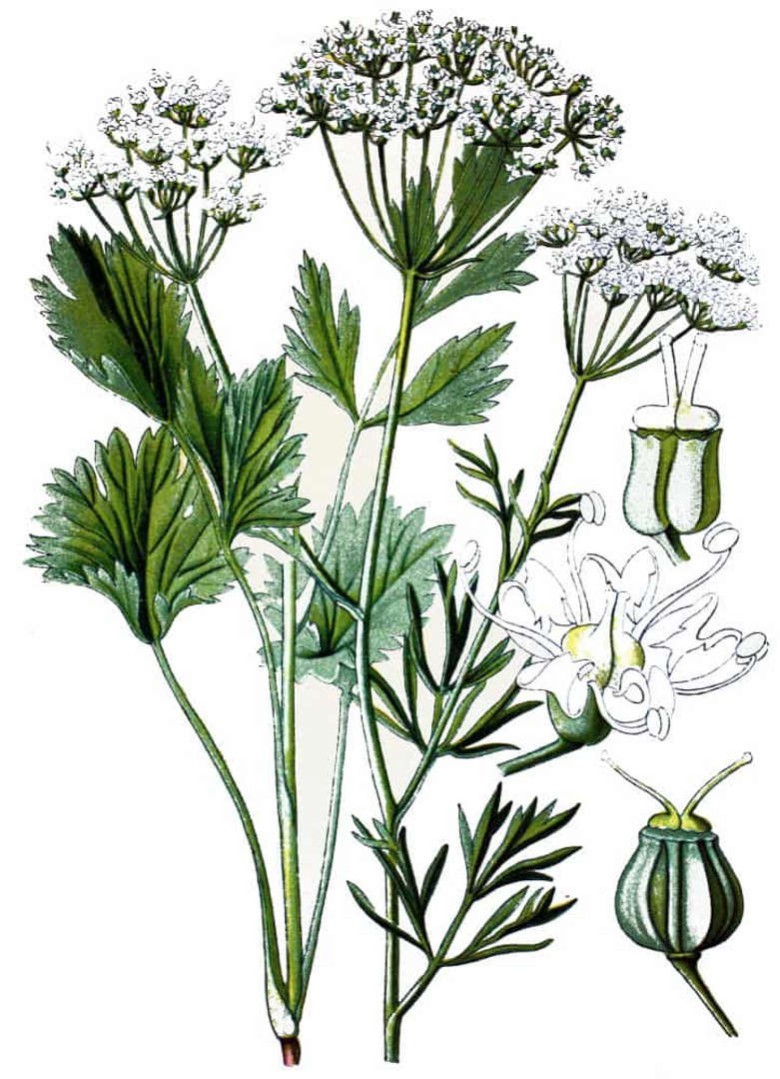
Licorice root extract presents a potential remedy for individuals dealing with the discomfort of gastroesophageal reflux disease (GERD). This natural remedy has shown promise in alleviating symptoms associated with GERD, such as acid reflux and heartburn. It provides an alternative to conventional treatments and offers relief to those seeking it.




















Comments
0 comment